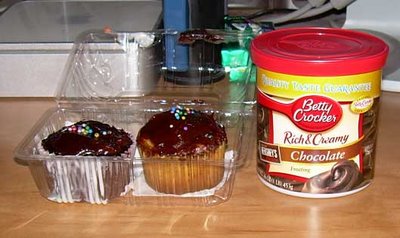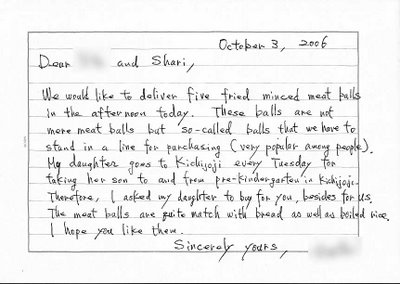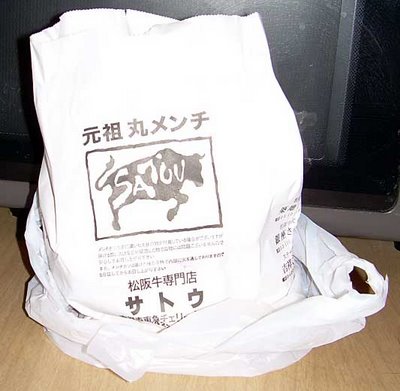Yesterday one of my students attended a lesson with me after attending a funeral. She had a largish shopping bag with her which contained the gift she was given at the funeral (towels) and I took the occasion to quiz her on various aspects of money gifts in regards to the two big non-family occasions where money is frequently given. For the record, the other big money giving occasions is New Year's when kids are given cash as a gift (called "otoshidama"). However, non-family members don't tend to give kids cash at that time.
My relatively simplistic understanding of cash gifts in Japan was rather mixed up with my Western notions of why we give money. In fact, even when I know otherwise, it's difficult to separate the idea that we give money as a gift in the West to offer future security or assets to a person in the future. In Japan, money is given to cover costs of an event to which guests are invited, not as a personal bonus in celebration of an event.
At funerals, my student told me somewhat token amounts of money are given (about 5,000 yen ($46) for coworkers, 10,000 yen ($93) for closer friends or those who are older and have a higher status job) because the guest is not being treated to a lavishly catered experience. At weddings, however, she told me that the standard amount is 30,000 yen ($280) for any guest who isn't too young or underemployed to pay it. When I told her that this would be a bountiful financial gift by western standards and that even immediate family members (other than parents) would not give such an amount of money in most cases, she told me that family members don't pay this money at all. This came as a shock to me, but the way she explained it made sense. She said that the obligatory 30,000 yen is only paid by
guests and family members are not considered "guests". She went on to explain that family members (again, aside from parents) will often give a real gift to celebrate a marriage, but not cash. According to my student, an exception to this "rule" is the case where a sibling is very much older than a younger sibling and the relationship is more parental as a result of the large age gap. In such cases, a sibling might give cash much as a parent would.
From a Western perspective, this seems a bit strange as it appears to require people who are less close to a couple to offer up more than family members. However, in Japan, the money is being used to pay for the facility where the reception (often called a "wedding party" by the Japanese) is held (often a hotel), the catering, and gift bags given to the guests. In other words, the 30,000 yen is the guest paying for his or her own "good time" at the party and not really a "gift" to the couple. The guests shoulder the burden of the cost of the celebration and not much more than that when the excessive cost of the hotel, which is sometimes between 1,000,000 ($9,315) and 2,000,000 yen ($18,630), is factored into the equation. Considering that family members won't be receiving souvenirs and sometimes don't partake of the catered food the same way as other guests, it makes a bit of sense that they don't pay what amounts to an "entrance fee" to the event.
From my perspective, this situation seems to have both advantages and disadvantages over the Western approach to wedding gifts. If you follow any trends in weddings back home these days, you'll notice that couples often treat their wedding as an opportunity to get as much cash from friends and family as possible. Many of them have already lived together for awhile and don't need much for their households so they try to coerce guests into giving them cash only or to choose from a small pool of very pricey high profile gifts. Rather than the wedding being an opportunity for people to offer their good wishes and a gift that will help the couple start their lives, they're being treated as a chance to milk their friends and family like cash cows so some lavish spending can be done by the couple on a vacation, car, etc. at everyone else's expense.
The Japanese approach to wedding gifts doesn't allow for this sort of crass exploitation of the event. In fact, the Japanese method is aimed at using the money to give guests a memorable experience though the drawback is that it's an experience the guest is footing the tab for. In fact, the worst point of this is that guests have no flexibility about what or how much they give in many cases and the "gift" is given most times out of obligation rather than good cheer and wishing the couple well. In the West, even if a couple asks you to give cash only (which is actually bad manners but people do it anyway), you can disregard their opportunism and do whatever you want. One could say that the money given at weddings in Japan supports the wedding industry and could be better spent on providing things the new couple may need.
My student said she had attended about 10 wedding recptions so far and each time had forked over the princely sum of 30,000 yen. When I asked her if her experiences made her consider what she'd like to do for her reception should she decide to marry in the future, she said she'd like to have a small "restaurant party" which is far less expensive, smaller, and only invites close friends. However, she said that, in the end, she's forked over a ton of dough to her friends and feels like she'd like to get some of it back so she'll likely have a lavish reception of her own some day to balance the scales.


























